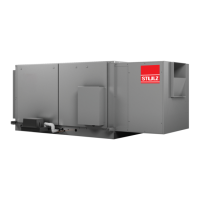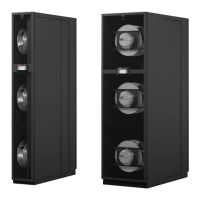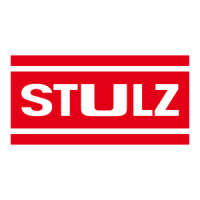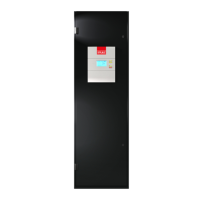What to do if the Stulz CeilAiR Air Conditioner evaporator coil ices up?
- Eevan05Aug 3, 2025
If the evaporator coil ices up, it could be due to several reasons: * **Low airflow:** Check and replace filters as needed. Also, inspect for any obstructions in the supply airstream. * **Temperature setting too low:** Increase the temperature setpoint to at least 68 °F. * **Short cycling:** Check the discharge grille orientation. * **Low refrigerant charge:** Find the leak, repair it, and recharge the system.





